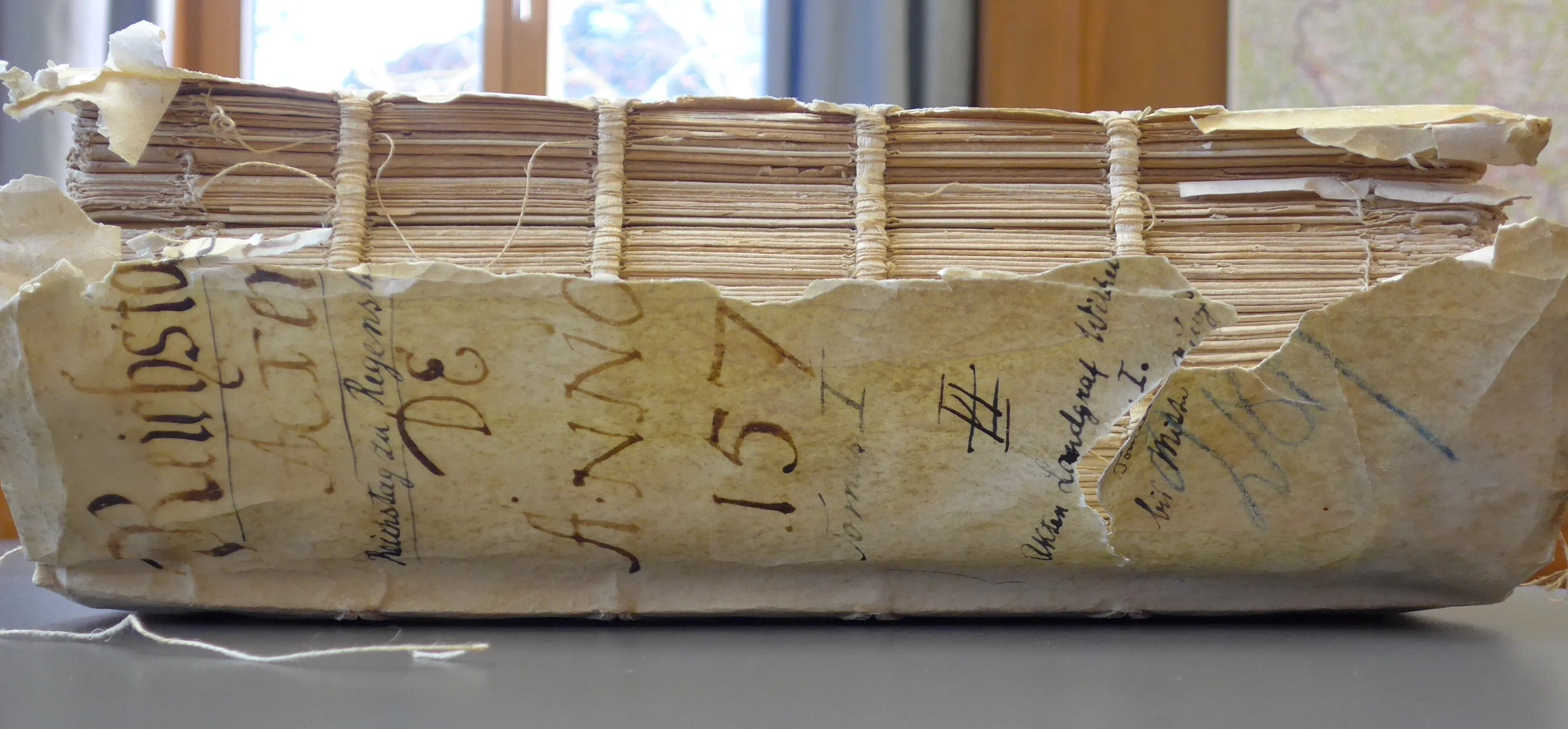
The Imperial Diet of Regensburg 1576 - digital
- Hosting organisations
- Institut für Geschichte and Zentrum für Informationsmodellierung - Austrian Centre for Digital Humanities (ZIM-ACDH)
- Responsible persons
- Gabriele Haug-Moritz and Georg Vogeler
- Start
- End
From June to October 1576, Emperor Maximilian II and more than 200 representatives of the Reichsstände discussed and decided on the political fate of (Eastern) Central Europe in Regensburg. Envoys from (almost) all over Europe took this as an opportunity to go to Lower Bavaria as well. They made the Reichstag a place of European politics. But not only “politicians” made their way to the imperial city on the Danube, but also numerous subjects, in order to make themselves known to the emperor and the empire with their very individual concerns.
This event has left a great deal of written documentation. The project of the Historical Commission at the Bavarian Academy of Sciences has set itself the goal of publishing it scientifically in a new way. Together with the Center for Information Modelling at the University of Graz, the project team is therefore working on a digital edition that will make all facets of the complex communicative events in Regensburg accessible. The communication before and during the Imperial Diet is an important research area and will be explored using digital methods.
During the first stage of the project metadata about relevant documents have been collected and compiled into a concise overview over existing materials. The research data will be made available in TEI/XML format using a series of msDesc elements adapted for the requirements of historians and linked to corresponding EAD elements. During the second stage key documents of the imperial diet have been transcribed and tagged with TEI/XML. These transcriptions are further enriched following a conceptual model of communication in RDF. The political communication during the imperial diet is an important area of research and with the results of the project this complex topic can be explored using digital methods.